The Art of Mizuhiki: Exploring the Elegance of Japanese Knot Tying
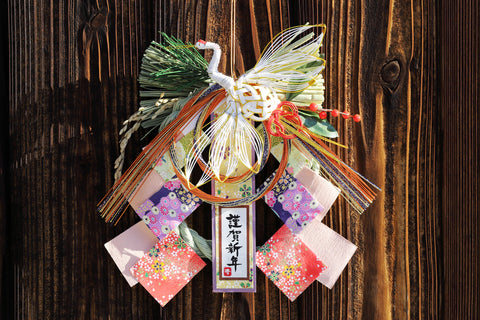
Regardless of the special occasion or holiday, Japanese citizens ensure every aspect of gift-giving is well thought out. This notion covers every detail, including how a gift is wrapped and presented. One essential presentation aspect is mizuhiki- a washi paper cord crafted into decorative knots. It is often used for special events, such as giving gifts during a wedding or ceremony.
This paper cord has been used in Japanese culture for centuries. It developed initially from paper brought to Japan from China. Though its uses and meanings have shifted over the centuries, it has remained a cultural expression in Japan.
Below, we explore this Japanese knot-tying art, from its history to the meaning of the various cord colors and more.
What is Mizuhiki?
Mizuhiki is a form of Japanese knot tying done with a particular cord made from washi paper, a traditional paper crafted from a combination of three types of tree bark. The paper is twisted and then solidified with an application of starch and water, leaving the cords durable yet flexible enough to bend into mizuhiki. This cord is also dyed with various colors, each providing a different meaning along with the specific knot that is tied with the cord.

While there are other countries that tie a ribbon around gifts for decoration like the US, mizuhiki bears a significant difference in its meaning. The tied decorated knot is meant to signify that the gift has remained unopened from the time it was wrapped until the giftee receives it. While the paper cord is durable, it's easy to see whether the gift was previously opened or tampered with, letting the giftee know the present has not remained "sacred" during transit or before the event. Depending on the event, these decorative knots can have other meanings, including respect for those who have departed (such as at funerals) and the cycle of life and death that occurs in the natural world.
Behind Mizuhiki: A Brief History
As mentioned, it is believed the paper was first brought to Japan because of China. This paper originated in China during the Han Dynasty, when the first papermaking techniques were formed. Although who initially transported the paper from China to Japan is not confirmed, it is thought that it was first introduced to Japan by Chinese artists and monks. After this event, Japanese artists began experimenting and adding their flair to the paper, eventually creating what is now known as washi paper.
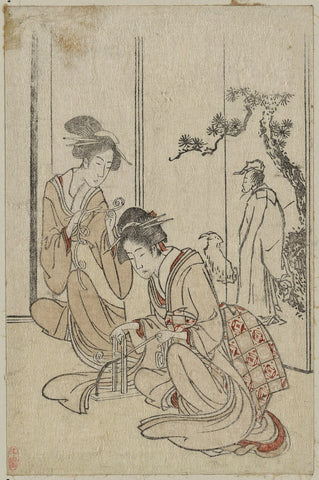
This Japanese art of knot tying was first used by samurai to tie up their hair. Eventually, this usage shifted, with Japanese women using it as a hair decoration. Sumo wrestlers are also known for incorporating mizuhiki into their routine to keep their hair up and away from their faces. It was also used throughout history to tie up a Japanese hanging scroll, another aspect of Chinese culture that Japan adopted.
Since then, mizuhiki has become synonymous with gift giving, often used as decoration for presents, cards, envelopes, and more. While the initial version of mizihuki was an ornate knot, the designs have also shifted to include a wide array of items, including animals such as fish, dragons, and turtles. Other mizuhiki shapes include flowers and boats. It's worth noting, each of these shapes/objects hold various significance.
The Meanings of Mizuhiki
The color and number of strands of mizuhiki both provide meaning to the gift giver and the giftee. Below is a quick guide for those new to Japanese knot-tying.
A mizuhiki's significance begins with the number of strands included in the design. It is thought an odd number of strands means good luck/success, so they are often used for celebrations/events. In particular, five-strand mizuhiki has become popular over the years, so it's common to see this type of mizuhiki offered for ceremonies and celebrations. However, in the case of the wedding, a ten-strand mizuhiki must be used, as it's considered double good luck (five strands + five strands).
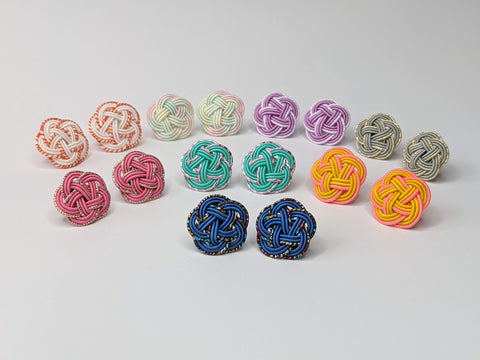
Regarding the color of the mizuhiki, there are a few distinctions between which should be used for each circumstance. When the mizuhiki is wrapped around an item for a celebration, it should be one of the following colors: gold and silver or red and white. If you're attending a Buddhist festival, the mizuhiki should be black and white. Yellow and white are also commonly used for commemoration services. For those unsure about which colors to select, red and white are considered acceptable for nearly all types of celebrations.
Japanese Art of Knot Tying: Different Types of Decorative Knots
Similar to how the meaning differs depending on the color and number of strands, it also changes based on how the knot is tied. In general, there are two types of mizuhiki ties: "musubi-kiri" and "chou-musubi." Musubi-kiri only includes a single knot, as it is meant to convey the message that things will only occur once, so a single knot ensures the event will not be repeated. For example, it's common to see a musubi-kiri knot on a wedding present.
In contrast, chou-musubi appears in a bow shape and can be undone via a string pull. This type of knot signifies that each time a particular event occurs, it should be joyful, no matter how many times it occurs. This type of knot applies to events like the birth of a child.
Mizuhiki and Its Connection to Japanese Culture
This type of Japanese arts is deeply rooted in the country's culture. From its appearance as a hair tie or decoration for various groups to the new interest in using mizuhiki for wrapping gifts and cards for special occasions, it's clear this tradition has adapted through the years and will long be in use in Japan.

While its primary purpose has been decorating gifts, in recent years, Japanese artists have begun using this traditional Japanese art form for other applications. It's becoming more common to see jewelry and even accessories showcasing these decorative knots as an acknowledgment of their use in Japan's history. It's important to note that mizuhiki was also initially used solely for the nobles, though these decorative knots have slowly become an application used by the public over the years.
Ceremonial Japanese Knot Tying: Exploring Mizuhiki Uses
The various events that include the use of mizuhiki vary, ranging from celebrations to memorials. Any special occasions that require a gift, card, or envelope will typically justify the inclusion of a mizuhiki-wrapped item. A few examples of events that would usually include mizuhiki-wrapped items include a funeral, wedding, childbirth, birthday, or even a visit to someone who is ill at the hospital.
Explore Japanese Art and Culture with Japan Crate
Each month, Japan Crate provides subscribers with a new selection of curated sweet and savory snacks. Aiming to educate subscribers on various aspects of Japanese culture, each delivery from Japan Crate is centered around a specific theme. For example, themes have included cherry blossom season, manga, and Japanese vending machines. The exteriors of the boxes are decorated to fit the theme, including characteristics seen in Japanese art and culture.

With Japan Crate, you can explore Japan's culture and customs without leaving your home! Subscribe to Japan Crate now to dive into Japanese culture through your stomach.
Author Bio


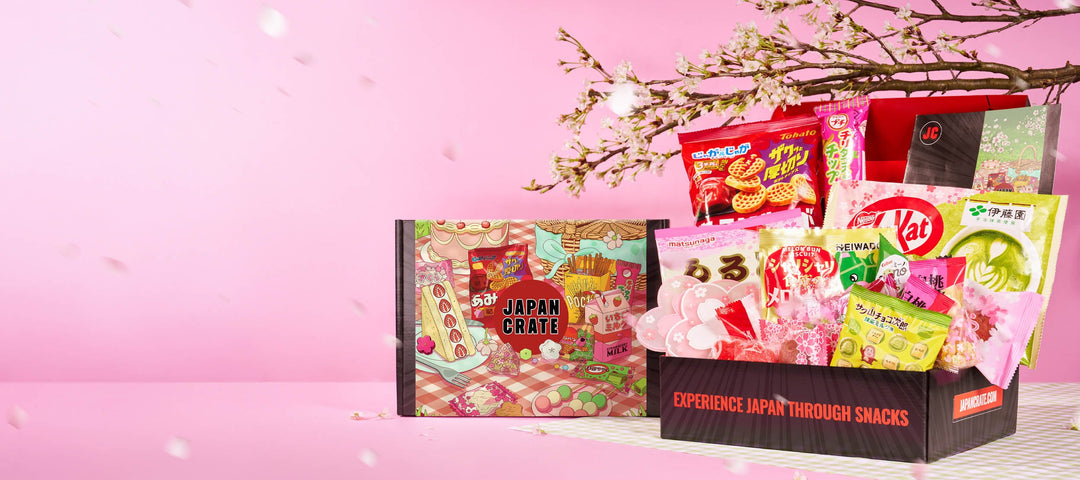
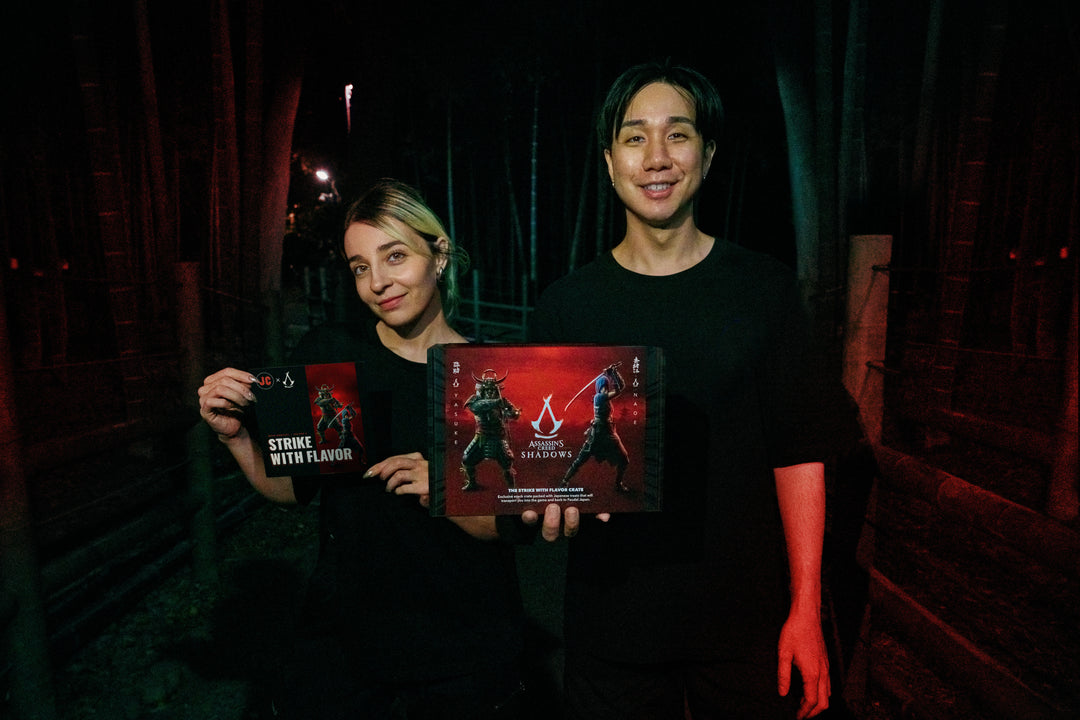
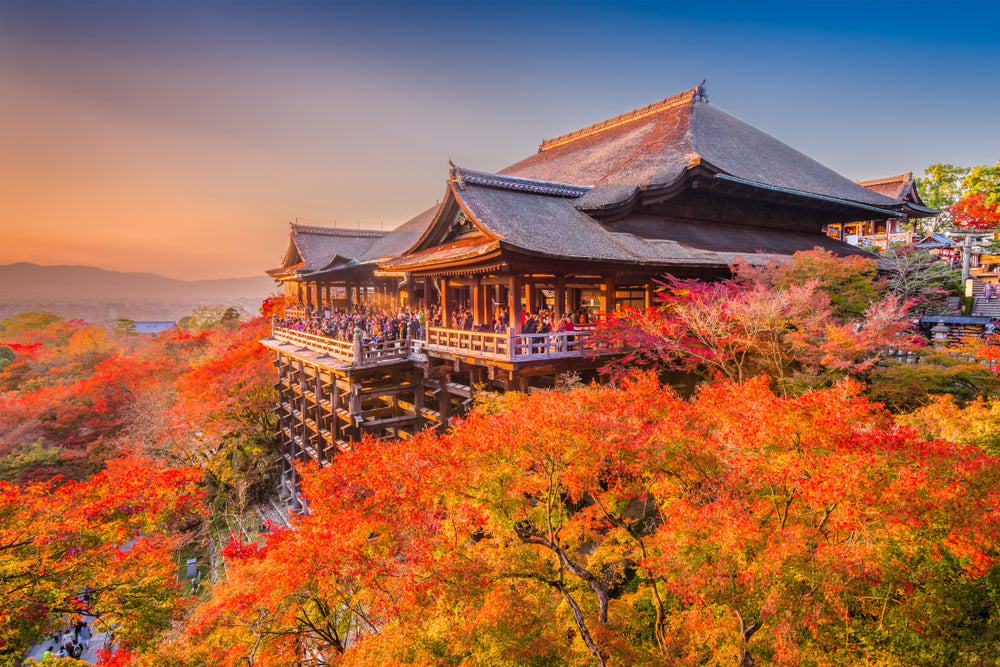


Leave a comment